T he chant is familiar: In goes the good air, out goes the bad. But just how good is the air coming into your condominium?
Ductwork and chutes are familiar elements of urban multi-family buildings, handling everything from heat to trash removal. And even townhouse-style condominiums are likely to have ducts that handle forced hot-air heating or air conditioning, and, of course, clothes dryer exhaust.
But what lurks in the depths of those ducts? Dust, lint, pet dander, pollen and more, say the professionals who spend their days clearing the air for condominium residents.
“These systems collect dust and debris, and especially, a lot of pollen in the summer,” says Michael Capillo, president of Continental Clear Air in Wakefield, Massachusetts. And for the most part, those contaminants are ignored and overlooked—until a problem arises.
“One of the primary things people notice is dust trails coming out of the registers,” Capillo says. “That’s an indication of poor filter maintenance.”
Tell-Tale Clues
If your allergies are acting up, if your asthma kicks into high gear when you’re resting in the living room, a peek at the filters is probably in order. “With people coming and going all the time, contaminants are coming in all the time, and a lot of people don’t think about having the ductwork cleaned.”
“We are our own worst polluters in the house, with dander from both pets and humans,” notes Michael Vinnick of Duct & Vent Cleaning of America in Springfield, Massachusetts. All those contaminants don’t just hide in the ductwork — they get circulated, becoming airborne and floating throughout the home. “People who have hypersensitivity to dust and particulate matter — or those living near a highway, where there’s likely to be dust and exhaust — will want to keep those ducts clean.”
That doesn’t mean getting out the broom and dustpan. Duct cleaning is a job for experts. The federal Environmental Protection Agency (EPA) said the term “duct cleaning” generally refers to the cleaning of various heating and cooling system components of forced air systems, including supply and return air ducts and registers, grilles and diffusers, heat exchangers, heating and cooling condensate drip pans, fan motor and fan housing, and the air handling unit housing.
Without proper maintenance those components can become contaminated with dust, debris and pollen. And if moisture is present, there is the potential for mold to grow.
When duct cleaning firms arrive on the scene, they come with state-of-the-art equipment including HEPA (high efficiency particulate air) filters, vacuum cleaners and brushes. “This isn’t your every day vacuum cleaner,” Capillo says. “We’re talking ‘hospital clean.’”
There are two main kinds of vacuum collection devices: portable units and those mounted on trucks. The type used for any particular job can depend largely on the physical layout of the property. Truck-mounted equipment is often more powerful, but portable equipment is, well, more portable and can be brought into the building, allowing the vacuum source to be close to the ducts. Both types of vacuums will clean to professional standards.
The cleaning should also include brushing — and the National Air Duct Cleaners Association (NADCA) notes that neither service alone will do the job properly. The brushes knock the dust loose from the walls of the ducts, and the vacuum sucks it away.
NADCA, a non-profit association serving the industry, cautions homeowners about being lured by “blow-and-go” air duct cleaners, that may charge a nominal fee but do a poor job—and companies that offer low-ball prices but then continually add on costs as the job progresses.
When Autumn Tickles Your Nose
It’s not surprising that when autumn temperatures drop and heating season begins, homeowners begin to notice a problem with indoor air quality.
“When people turn on their furnaces in the fall, they start to smell a stale odor,” says Capillo. “It’s a sign that the ducts need to be cleaned.”
But waiting for problems — or odors — to arise is not the best course of action, the professionals note. Duct cleaning should be on everyone’s “to do” list, although its frequency is a personal matter. “It really depends a lot of your activity level,” Vinnick says. “For many homeowners, three years is OK, but if you have kids, a dog, you might want to do it more often. We do have a lot of customers who do it annually because of hypersensitivity.”
NADCA adds that more frequent cleaning may be needed in homes occupied by smokers, or people with allergies or asthma. Cleaning is also advised after a home renovation or remodeling.
So how’s a homeowner to tell if the time is right for a duct cleaning? “If you’ve never done it, it should be done,” Vinnick says. “If your air conditioning is not blowing cold enough, that could be a duct-related issue. Look at the vents. If you see debris, it’s time.”
Since a good cleaning can cost hundreds of dollars, stretching the time between cleanings is a good idea. “Once a year, you have your HVAC (heating, ventilation, air conditioning) tune-up, which includes a check-up of the condition of the unit, belts and coils. Change the filter regularly, and use a paper-pleated filter, not a fiberglass filter,” Vinnick says. “It might cost you $10 a filter, but if you change it four times a year, that’s $40 well spent.
“The biggest problem is that people don’t change filters. It’s like checking the tire pressure on your car.”
Capillo, who is also president of The Dryer Vent King, says that over his 13 years in business, he’s seen homeowners becoming more aware of duct cleaning and its importance to indoor air quality. And with heating costs escalating, homeowners are tuned in to keeping their systems operating at peak efficiency. “The dirtier your ductwork gets, and the dirtier your filter gets, the more inefficient system you’re creating,” Capillo notes. “When everything is dirty, your unit is not working up to standard. A lack of efficiency equals higher heating costs.”
In addition to keeping heating and cooling systems running smoothly— and cleanly—homeowners should be keeping an eye on a related component of their homes: clothes dryer vents.
In September, a Lexington, Massachusetts, mother died in a fire that investigators said began in the laundry, one of an estimated 25,000 fires each year that begin in dryer vents in this country. “I don’t like to use scare tactics,” Capillo said, “but dryer vent fires are getting more common today.”
Such fires are especially dangerous in condominium settings, he notes, where many homes are likely to be affected if a fire breaks out in one person’s laundry room.
“One sign of a clogged vent is that it’s taking more than one cycle to dry your clothes,” Capillo says. “When that happens, you’ve got an issue; it’s not exhausting properly.” In a condominium setting, the laundry area may be in the middle of a building, rather than near an outside wall, so there could be a long run of exhaust vent in which lint can build up and cause a problem.
Many community associations today are requiring homeowners to have their dryer vents cleaned annually,the professionals noted. To make it easier — and more affordable — for homeowners, associations often set up a program in which a company will come in and clean all vents in the community.
“It can be a significant savings over doing them one at a time,” Vinnick said. “We have all kinds of programs towork with associations on the vents.”
Pat Gale, associate editor of New England Condominium magazine, is a freelance writer in north central Massachusetts.



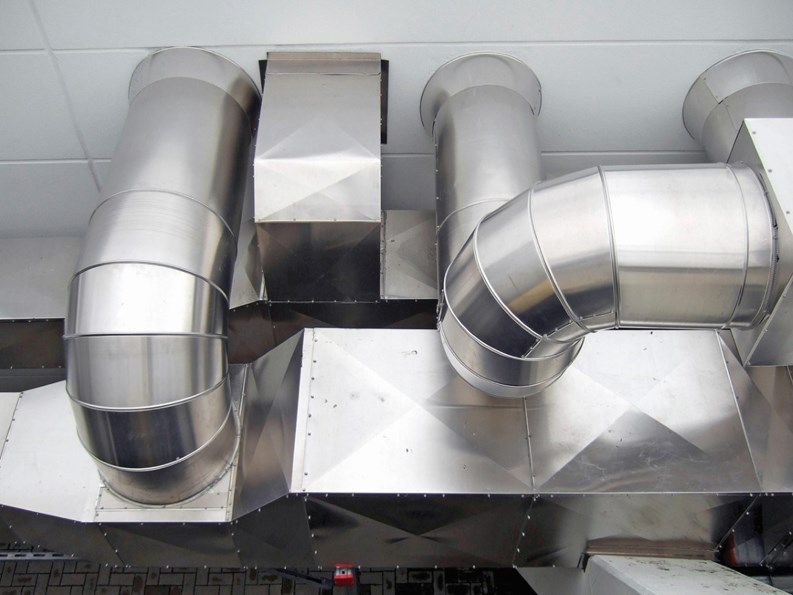
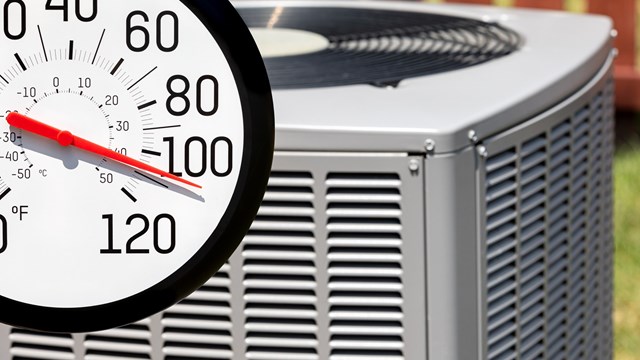
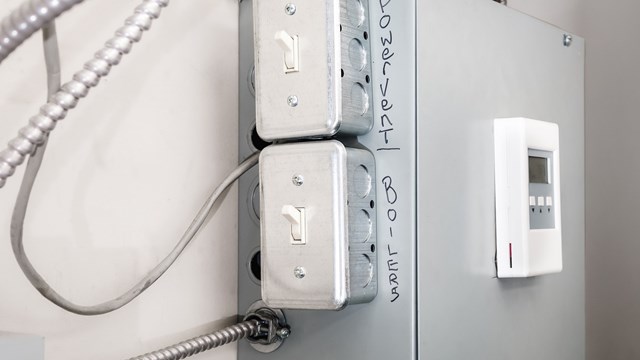


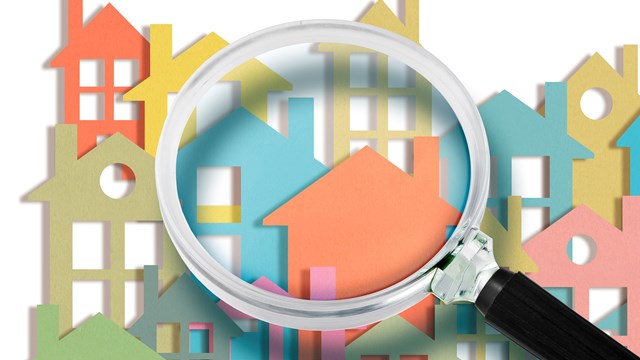
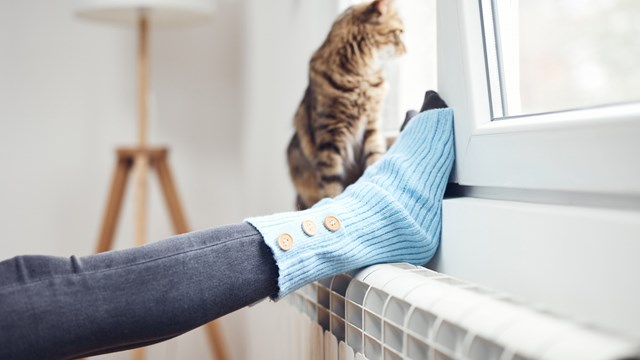
Leave a Comment